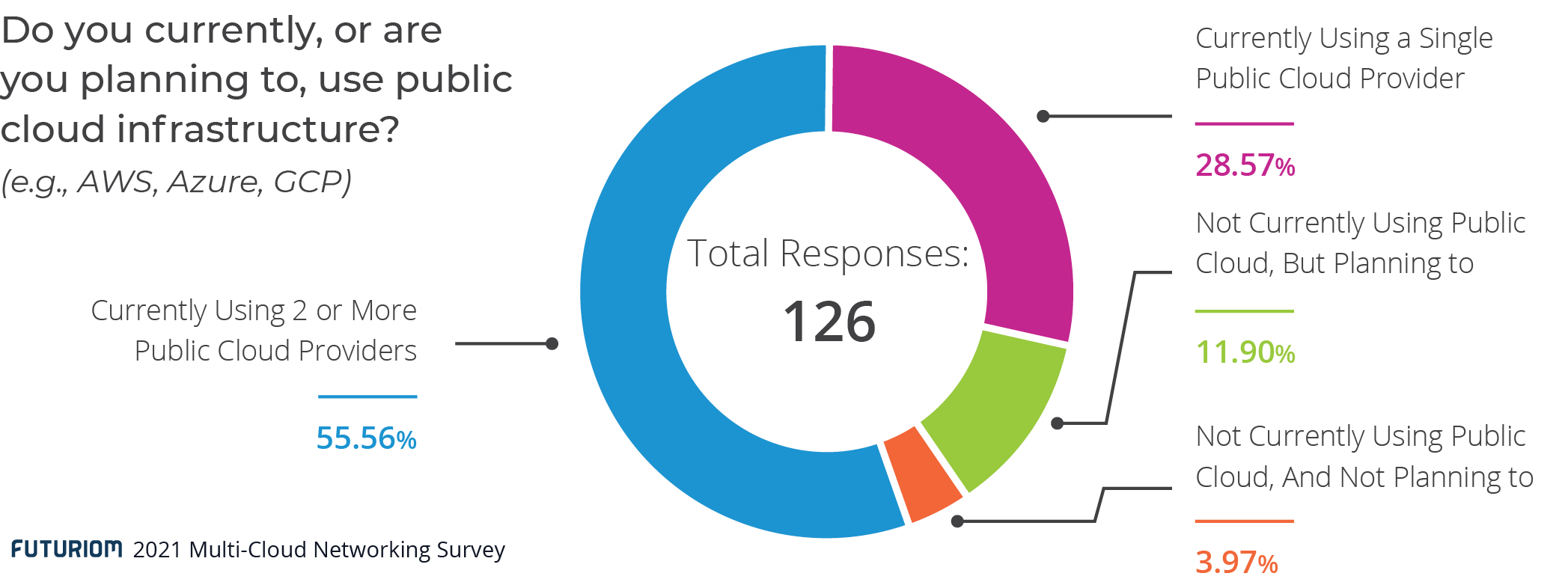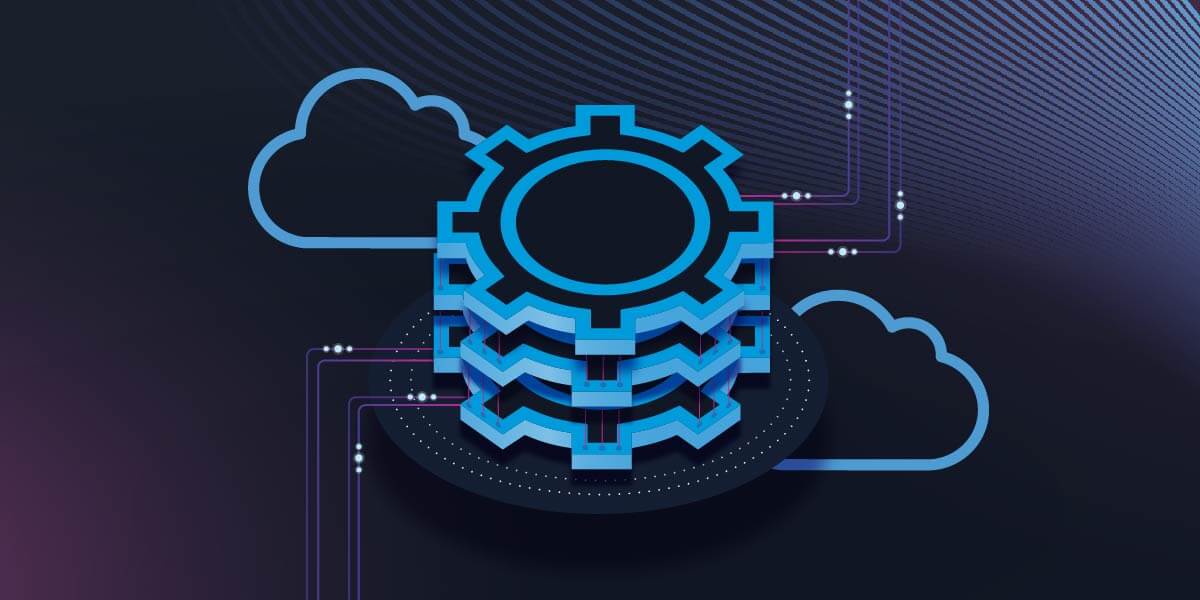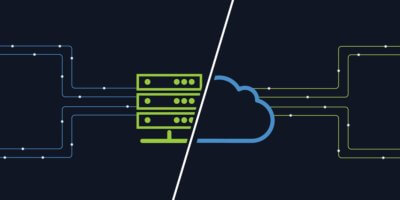Organizations have accelerated their move to the cloud in a global drive toward digital transformation, which requires more flexible, on-demand information technology (IT) services. But these organizations aren’t just interested in using one cloud – they would like to utilize many cloud services, resources, and platforms. This will have large implications for networking and communications infrastructure for many decades to come.
There are many drivers of the move to cloud: digital transformation projects, hybrid work arrangements, automation, and data analytics efforts enabled by cloud-based artificial Intelligence (AI) and machine learning (ML), among others. Using hybrid and multi-cloud approaches also offers the opportunity to provide flexibility, scale, and lower cloud costs by avoiding lock-in to specific cloud service providers.
The migration to using multiple clouds and hybrid cloud is likely in the early stages of a long-term cycle, which means it’s here to stay. In order to better prepare to take on the new hybrid cloud world, it’s imperative to understand the current state of adoption, the common challenges faced and how networking will be pivotal to overcoming them.
The Current State of Enterprise Cloud Adoption
The cloud-enabled transformation is occurring rapidly but also has a long runway. By most metrics, the cloud has only achieved 10% to 20% of market penetration on an application workload basis. It will require new hybrid and multi-cloud architectures to take advantage of the best cloud resources, wherever they reside. One of the biggest barriers to this multi-cloud transformation is the typical enterprise network, which must be modernized to be able to connect multiple clouds and resources.
In Futuriom’s 2021 Multi-Cloud Networking survey, 120 enterprise networking and IT experts were asked how they view the use of public cloud infrastructure. Of those surveyed, 55.6% use two or more public cloud providers; 28.6% said they use a single public cloud provider. Of the 120 respondents surveyed, only 11.9% said they don’t use a public cloud provider but have plans to, and 4% said they have no plans to use public cloud providers.

With enterprise infrastructure encompassing multiple domains and multiple clouds, adoption won’t be easy without the right tools.
Bridging the Gap between Public Cloud, Private Cloud, & Traditional Enterprise Infrastructure
Adopting hybrid and multi-cloud services is not a simple proposition. Cloud infrastructure consists of many different types of platforms and services: software-as-a-service (SaaS) applications, platform-as-a-service (PaaS), and infrastructure-as-a-service (IaaS). These services come in many shapes and sizes, with niche offerings such as business analytics, AI/ML, security services, and Internet of Things (IoT), just to name a few. At the same time, organizations may have traditional enterprise or data center resources they would like to utilize or integrate with cloud services.
IT and networking professionals will need to ensure they have a defensible and safe infrastructure to support hybrid and multi-cloud environments. Considerations include data sovereignty, security, and governance. Increasingly, management is concerned about how and where data and applications can be secured, monitored, and checked for compliance.
But perhaps one of the biggest barriers to the multi-cloud transformation is the typical enterprise network, which must be modernized to be able to connect multiple clouds and resources.
All these challenges pose one big question – How do enterprises overcome these challenges and bridge the gap between public cloud, private cloud, and traditional enterprise infrastructure?
Why Integrating Networking Infrastructure through Automation is Pivotal
Networks, which are responsible for connecting clouds with applications and carry all the data, will be crucial to answering that very question. The unfortunate truth is that in many cases, networking will prove to be a major challenge. Most networks have been built with specific environments, or “domains” in mind – for example, for an enterprise branch, a data center (private or public), or industrial setting. Connecting these different computing domains or platforms requires a flexible networking infrastructure that can also be managed and monitored to ensure security and compliance.
The next step for the cloud migration is to build more flexible networking platforms that can span the enterprise, data center, and public cloud. This networking approach needs to use software and automation to dynamically provision, manage, and integrate management of the networks that can link traditional enterprise networks, private data centers, and public cloud platforms and services. The only way to bridge the gap between infrastructure is with an integrated network automation platform like the Itential Automation Platform, a low-code solution that seamlessly connects IT systems with network technologies for end-to-end network configuration, compliance, and automation.
To dive deeper into the what it takes to fully bridge the gap, download our newest white paper in collaboration with Futuriom, “Delivering Network Automation in a Hybrid Cloud World.”






